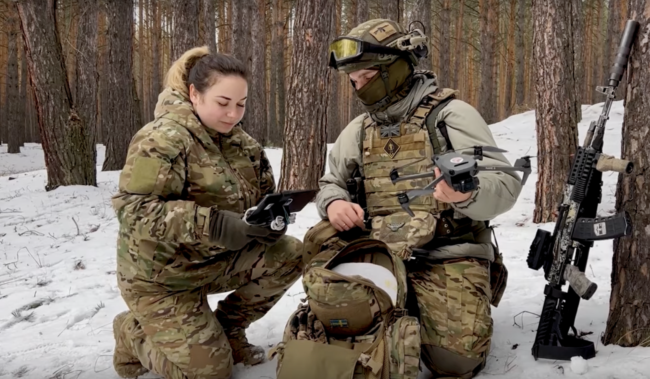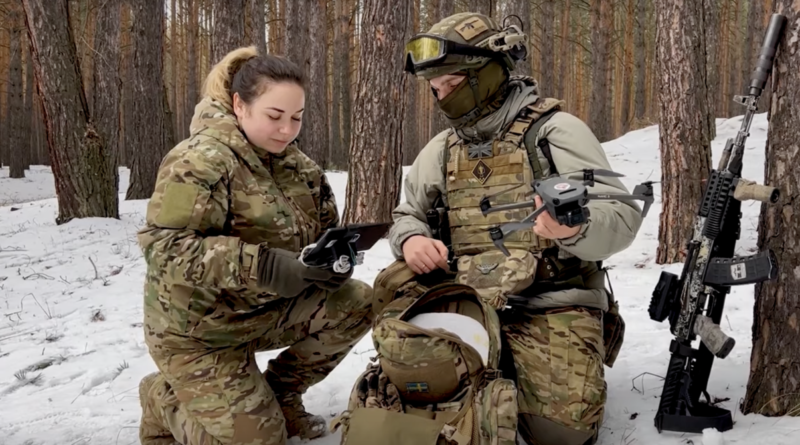[Reflection] Another lesson from the conflict in Ukraine for European armies
(B2) Among the lessons learned from the conflict (artillery, drones, mass effect, etc.), few focus on the organization of armies. However, this is a point which also explains the good Ukrainian resistance to the Russian armada.

- This article is the continuation of a first [Reflection] Five lessons from the Ukrainian ware
Largely decentralized logistics
As far as we can tell, the functioning of the Ukrainian forces is rather decentralized. The logistics of a unit of the Ukrainian armed forces are partly ensured on the ground by provincial governors (or municipalities). They are the ones who provide the necessary “life” logistics: accommodation, food, even care services. This allows the army to have a rather light central functioning, focused on operational command. Unlike the Russian system, heavier, less mobile, more centralized.
A logic of partisan movement
The Ukrainian organization combines on the one hand a logic of a centralized army, with top-down command, and a logic of partisan warfare resulting from the Second World War, with broad autonomy of the forces on site. A tactic which also comes from more recent history. At the start of the war in 2014, the disorganization of the Ukrainian army in the face of separatist and Russian troops led to the creation of volunteer battalions. Battalions — supported by the population who supplied them, sent them clothing, or bought them equipment (1).
Maintenance and technology entrusted to civilians
The same goes for maintenance or technological innovation. We call on civil structures. Hundreds of workshops have sprung up across the country to transform drones with the help of volunteers (2). The primary maintenance of the French Caesar guns — what the military calls the “ Field MCO — is thus ensured by agricultural enterprises. " Because when we do agricultural hydraulics, we can do maintenance Caesar as confirmed to B2 by a French military official.
Human intelligence drawn from the population
As for intelligence, while it has modern drone-type sensors, satellite intelligence and analysis provided by NATO Allies, it also draws its resources from an old-fashioned system: the “babas” network. , these harmless grandmothers or grandpas, who can inform the Ukrainian army about all movements. A technique inherited again from the history of Ukraine.
Fairly undervalued
All these lessons are often little highlighted by staffs, at least publicly. The recent Senate report on the lessons to be learned from the conflict in Ukraine (3) bears witness to this. Documented, but disappointing in its approach, it focuses its analysis on a few fairly conformist points: high intensity, the mass effect, nuclear deterrence, drones, etc. A point of view, it seems, intended more to justify changes already taken in the general staffs than to really envisage the future.
(Nicolas Gros-Verheyde)
- Alain Guillemoles, “Ukraine, awakening of a Nation”, editions les Petits matins, February 2015, p. 107.
- Boris Mabillard, “With the drone pilots of the elite Skala unit”, Le Point, February 16, 2023. (video)
- « Ukraine: a year of war. What lessons for France », February 8, 2023, Cédric Perrin and Jean-Marc Todeschini (the latter having decided to withdraw from the report, in disagreement with his co-rapporteur).
